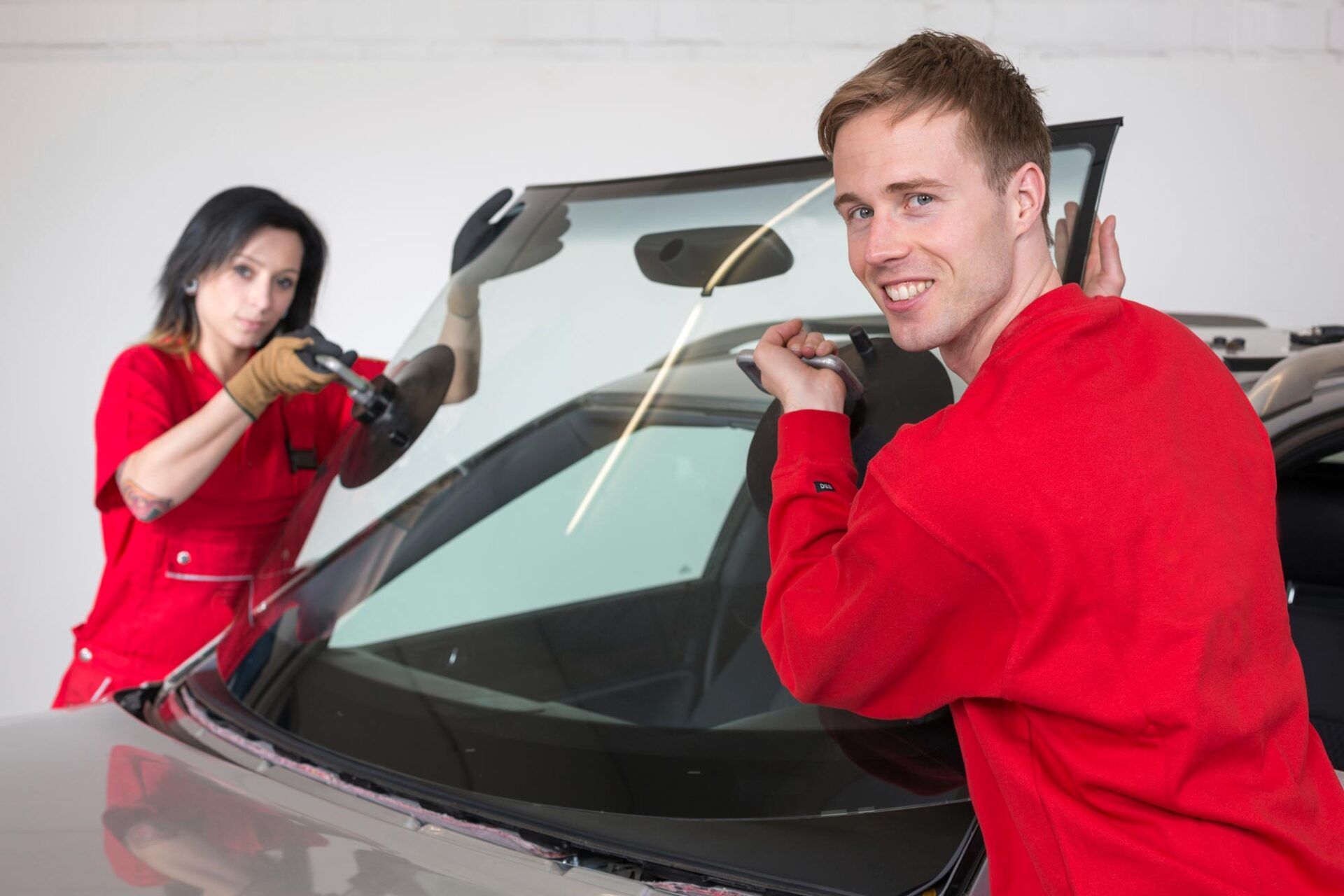2 Factors That Determine If Your Windshield Can Be Repaired
Admin • June 15, 2021
Windshield cracks and chips are a problem that no driver wants to deal with but that every driver should be prepared for.
If you have noticed an unsightly blemish in your windshield that wasn't there before, your first question is probably if it can be fixed. Unfortunately, determining whether windshield repair is feasible is more complex than you might think. Two cracks or chips that look identical to the layman may actually have unique characteristics that impact repairability.
Here is an overview of two factors that determine if your windshield can be repaired.
1. Type of Damage
Damage to your windshield caused by an impact with an airborne rock will look considerably different than the damage caused by leaving your car in the sun too long. Auto glass professionals have developed specific terminology for the most common types of windshield damage.
Windshield cracks are typically described as edge cracks, floater cracks, or stress cracks. As their names imply, edge cracks occur near the edge of a windshield, while floater cracks appear in the middle and do not touch the edge. Stress cracks can occur on any part of your windshield, and are caused by temperature or pressure fluctuations rather than an impact or abrasion.
Windshield chips or dings have several descriptive names based on the shape of the damage. A rock chip is a simple pit in a windshield with no surrounding cracks. Bull's eye chips are circular in shape. A star break is a chip with cracks radiating out from the center.
Among these various types of damage, stress cracks and floater cracks are generally easier to repair if they have not spread more than a few inches. Edge cracks are more likely to be unrepairable because they damage the seal around the edge of your windshield. The repairability of a chip will depend on the depth of the pit. Damage that pierces through the outer layer of glass usually requires windshield replacement.
2. Time Since Damage
Between commuting for work, buying groceries, and picking children up from school, most of us cannot be without our vehicle for anything but a short time. This is why you may be tempted to postpone windshield repairs if the damage is not severe enough to obstruct your vision or risk getting pulled over.
The bad news is that the worst thing you can do if there is a crack or chip in your windshield is continue to drive. Even on the smoothest roads, driving creates constant vibrations that can easily cause cracks and chips to spread. Other risks while driving with a damaged windshield include temperature changes, moisture infiltration, and, of course, additional impacts. Don't forget that the damage likely happened on the road in the first place!
If it will be necessary to drive your vehicle before you can visit an auto glass shop for repairs, there are a few precautions you can take to reduce the likelihood that the damage will get worse. First, put tape over the crack if possible to discourage it from spreading and keep moisture out. Avoid driving in rain or snow, and remember to leave your car parked in the shade if you will be gone for more than a few minutes.
While it's true that windshield damage has a tendency to be more serious than it looks, this doesn't mean that replacing your windshield is the only option. If you have cracks or chips in your windshield, take action before the problem gets worse. Let the pros at Affiliated Auto Glass
repair your windshield so you can get back to enjoying the view while you drive!





